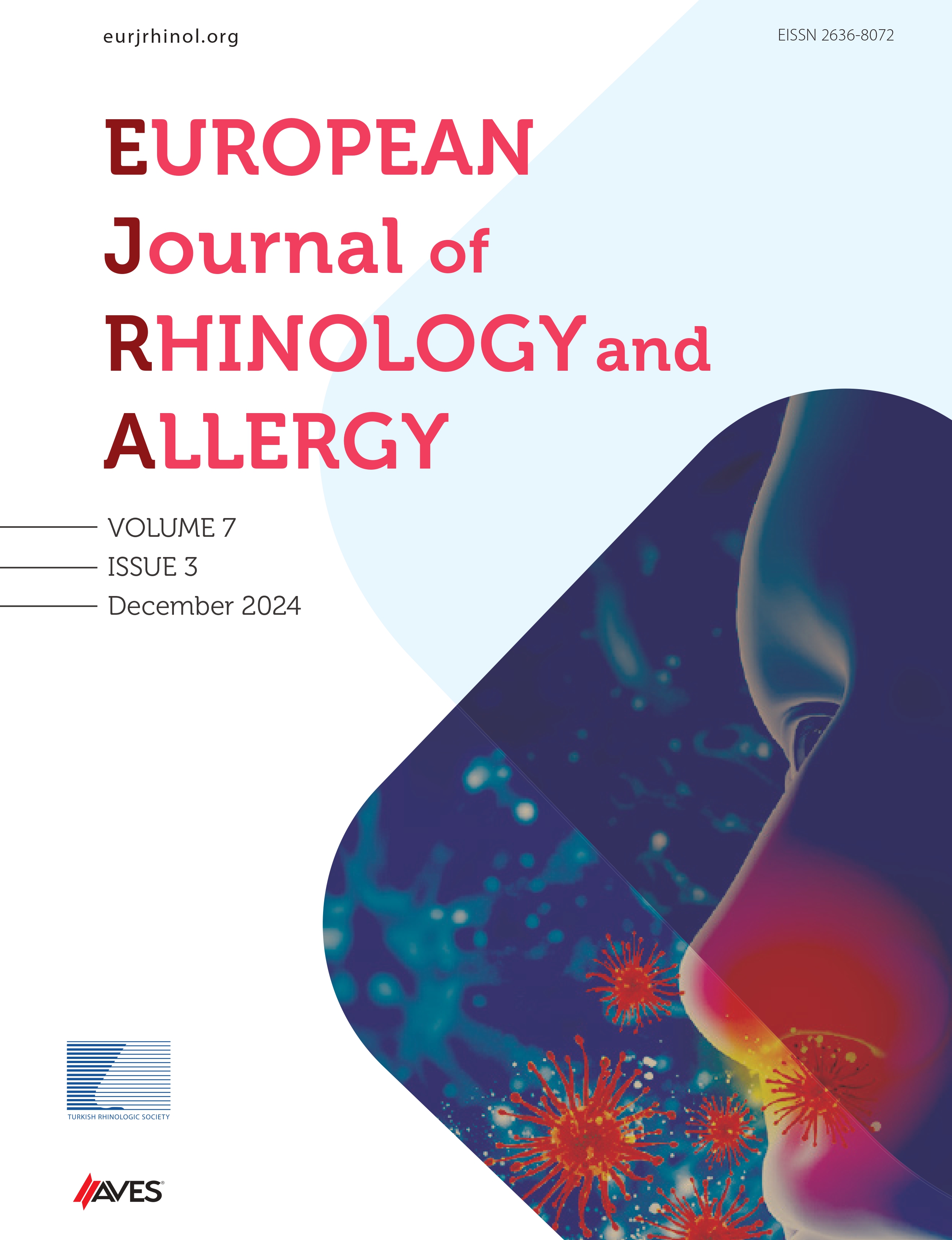Sinonasal undifferentiated carcinoma is a rare and aggressive tumor. Despite aggressive management of patients, their prognosis is still poor. To better understand the biological features of sinonasal undifferentiated carcinoma and develop reliable therapeutic strategies for this disease, molecular characterization of sinonasal undifferentiated carcinoma is crucial. However, even nearly a decade ago, sinonasal undifferentiated carcinoma was still a poorly understood malignancy on both the clinical and molecular levels. The advent of next-generation sequencing technologies has resulted in a significant increase in the identification of molecular markers, including diagnostic and predictive markers, as well as gene alterations, leading to emerging distinct entities and new therapeutic approaches for sinonasal undifferentiated carcinoma. As new technologies continue to develop, new molecular markers for sinonasal undifferentiated carcinoma are expected to be discovered. Nevertheless, regardless of the methodology employed, sample size remains a crucial factor for the success of such investigations. Therefore, it is essential to establish a centralized banking system through multi-institutional collaboration. Additionally, investigation of the tumor microenvironment, including spatial immunophenotyping, is necessary to develop successful immunotherapy approaches
Cite this article as: Takahashi Y, Hanna EY. Molecular characterization of sinonasal undifferentiated carcinoma—past, present, and future. Eur J Rhinol Allergy 2023;6(2):37-41.

.png)

.png)